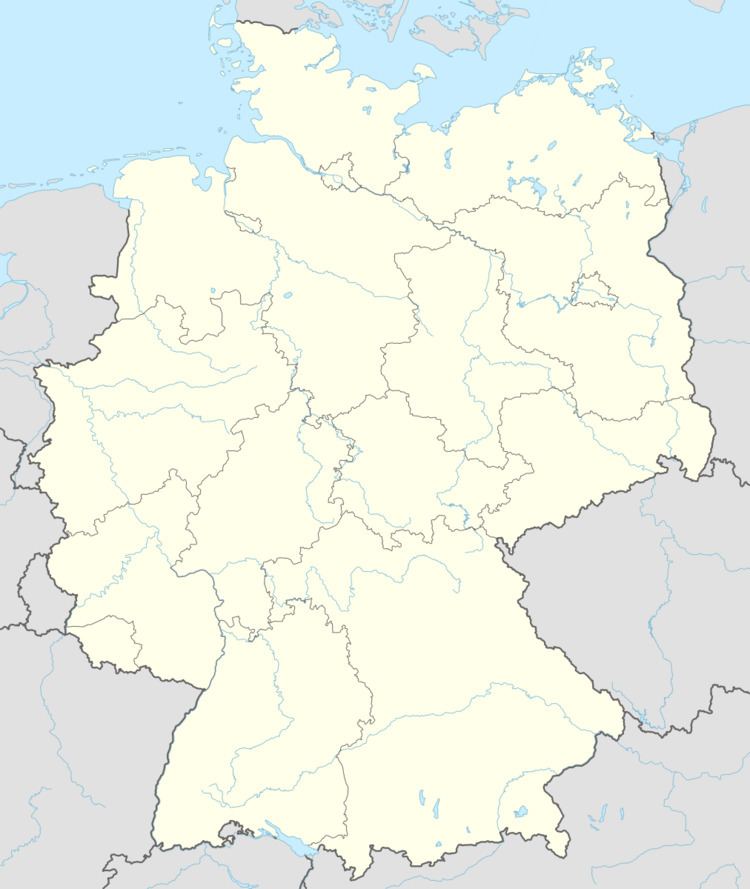Postal codes 56290 Area 24.85 km² Local time Thursday 7:24 PM Dialling code 06762 | Time zone CET/CEST (UTC+1/+2) Dialling codes 06762 Population 1,985 (31 Dec 2008) Postal code 56290 | |
 | ||
Weather 7°C, Wind W at 19 km/h, 54% Humidity | ||
Beltheim is an Ortsgemeinde – a municipality belonging to a Verbandsgemeinde, a kind of collective municipality – in the Rhein-Hunsrück-Kreis (district) in Rhineland-Palatinate, Germany. It belongs to the Verbandsgemeinde of Kastellaun, whose seat is in the like-named town.
Contents
- Map of 56290 Beltheim Germany
- Location
- Constituent communities
- History
- Municipal areas development
- Municipal council
- Mayor
- Coat of arms
- Buildings
- Beltheim main centre
- Frankweiler
- Heyweiler
- Mannebach
- Schnellbach
- Sevenich
- Famous people
- Further reading Josef Lippert
- References
Map of 56290 Beltheim, Germany
Location
The municipality lies in the central Hunsrück. The municipality’s main centre, also called Beltheim, is home to just under half its inhabitants and lies on a hilltop some 2 km north of the Hunsrückhöhenstraße (“Hunsrück Heights Road”, a scenic road across the Hunsrück built originally as a military road on Hermann Göring’s orders).
Constituent communities
Beltheim’s Ortsteile, besides the main, namesake centre, are Frankweiler, Heyweiler, Mannebach, Schnellbach and Sevenich.
History
In 893, Beltheim had its first documentary mention in Prüm Abbey’s directory of holdings, the Prümer Urbar as Beltuom. Beltheim was the seat of the Beltheim court comprising the following places: Beltheim, Uhler, Mörsdorf, Lieg, Eveshausen, Dommershausen, Lahr, Cochem-Zell, Buch, Mörz, Zilshausen mit Petershäuser Hof, Sabershausen, Macken and Burgen. The court originally belonged to the Electorate of the Palatinate and the Pellenz Courts. In the 14th century, a half share in the court was held by the Electorate of Trier, while one fourth each was held in fief by the Lords of Braunshorn and the Lords of Waldeck. In 1366, the Waldecks’ fourth share in the court passed to the Counts of Sponheim. Beginning in 1794, Beltheim lay under French rule. In 1815 it was assigned to the Kingdom of Prussia at the Congress of Vienna. Since 1946, it has been part of the then newly founded state of Rhineland-Palatinate.
Municipal area’s development
Today’s municipality of Beltheim arose through a merger of the former, smaller Beltheim with the until then self-administering municipalities of Frankweiler, Heyweiler, Mannebach, Schnellbach and Sevenich on 17 March 1974.
Municipal council
The council is made up of 6 council members, who were elected at the municipal election held on 7 June 2009, and the honorary mayor as chairman.
Mayor
Beltheim’s mayor is Uwe Hammes.
Each of the Ortsteile is headed by an official bearing the title Ortsvorsteher. They are Kornelia Kremer (Beltheim), Willi Görgen (Frankweiler), Mike Schneider (Heyweiler), Wolfgang Wagner (Mannebach), Heidi Gerhard (Schnellbach) and Ewald Braun (Sevenich).
Coat of arms
The German blazon reads: In gespaltenem, hinten geteiltem Schild vorn in Silber ein durchgehendes rotes Kreuz, hinten und oben ungezählt geschacht von Rot und Silber, unten und hinten drei silberne Hörner (2:1) in Rot.
The municipality’s arms might in English heraldic language be described thus: Per pale argent a cross gules, and per fess chequy of sixteen of the second and first and gules three bugle-horns of the first.
The red cross on silver on the dexter (armsbearer’s right, viewer’s left) side (Saint George’s Cross) stands for the Electorate of Trier, while on the sinister (armsbearer’s left, viewer’s right) side, the “chequy” pattern in the same tinctures, stands for the comital family of Sponheim and the charge underneath that, the three bugles, also in the same tinctures, comes from the arms formerly borne by the Lords of Braunshorn.
Buildings
The following are listed buildings or sites in Rhineland-Palatinate’s Directory of Cultural Monuments:
Beltheim (main centre)
Frankweiler
Heyweiler
Mannebach
Schnellbach
Sevenich
Famous people
Josef Lippert (b. 17 January 1888; d. 8 February 1963) was a pedlar known throughout the Vorderhunsrück (“Fore-Hunsrück”), but he was from Beltheim. He always wore several jackets, buttoning or unbuttoning them according to season. He would refer to the weather with such remarks as “Hout es et wirra ane Jacke källa woar !” (“It’s got another jacket colder today!”). He was known to everyone as der Beldemer Lippert (Beldemer being a local form of Beltheimer).
The best known story about him stems from a “business trip” that he made to Berlin in the time of the Third Reich. It is said that, while hawking his stock of herring, he called out on the street “Hering, so fett wie de Göring !” (“Herring, as fat as Göring!”), for which he was carted off to prison for eight days. After he was released, he went straight back to his herring hawking, calling out “Hering, so fett wie die vorig Woch !” (“Herring, as fat as last week!”).
This story is likely apocryphal, as the same or similar stories are told about fish sellers in Ahlen and Koblenz, among others.
